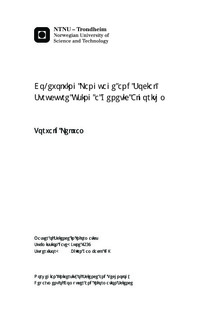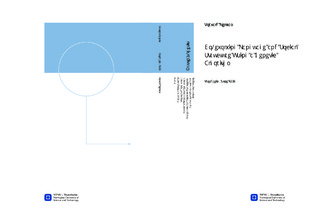| dc.description.abstract | It is interesting how we can take a train of thought and transfer this into an
other person's mind by pushing the air around us. Human language, this complex
medium that distinctly separates humans from animals, has baffled scientists for
centuries. But as it lacks of historical data, researchers wish to benefit from
computer science and the field of artificial life to understand the origin of
language. This thesis illuminates the potential for using agent-based models to
investigate the relationship between biology, culture and behavior on an
individual level.
This is done in two parts. First, different theories and computational models
experimenting with language evolution are presented. This includes a thorough
implementation of and elaborations on one recent paper, where language
acquisition is illustrated favorable over multiple evolutionary time scales in
an agent-based model. In the second part, a more bio-inspired methodology is
proposed to make the former model more robust and better suited for extensions.
This is demonstrated by letting the agents evolving some social biases, while
they are conducting a naming game in a social structure. A naming game is an
abstraction, often used in the research field, to model the spreading and
diversity of language. Through pair-wise dialogs, the goal of the game is to
reach self-organized agreement on naming an arbitrary object in their
environment. Given the assumption that communication is beneficial for social
structure and that social structure is beneficial for reproduction, the
experimental work demonstrates that agents are able to build social structures
that resembles real life social topologies, although the naming game might
happen too rapid in respect to the evolving social structure.
Hopefully, with support from other disciplines, the presented model is suited
for further investigation of social, or other functional, traits that can
influence language evolution. | |

